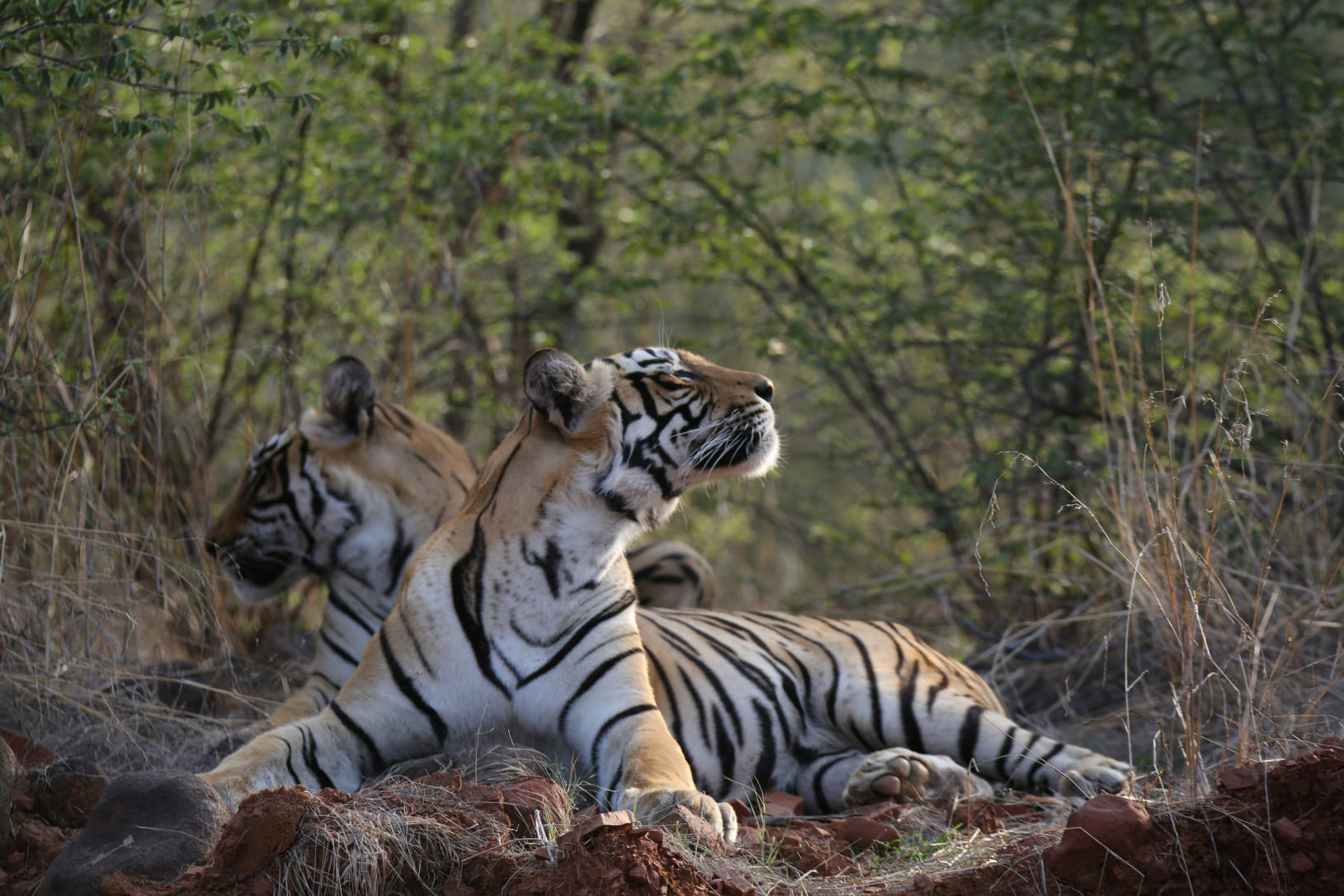

The Bengal tiger (Panthera tigris tigris) is a symbol of strength and majesty, prowling the forests, grasslands, and mangroves of South Asia. Although it does not inhabit the Amazon, its ecological role mirrors that of the Amazon’s jaguar, both serving as apex predators critical for ecosystem balance.
Bengal tigers are the largest members of the cat family, with males weighing up to 300 kg (660 lbs). Their iconic orange coat with black stripes provides excellent camouflage in the dense jungles where they hunt deer, wild boars, and even crocodiles. Unlike most cats, tigers are excellent swimmers, often crossing rivers to expand their territory or hunt prey—another trait shared with Amazonian jaguars.
The Bengal tiger’s survival is threatened by poaching and habitat destruction, much like the challenges faced by Amazon wildlife. Projects like the Indian government’s Project Tiger have made significant strides in conservation. Similar efforts in the Amazon, such as establishing protected areas and combating illegal logging, are crucial for safeguarding biodiversity.